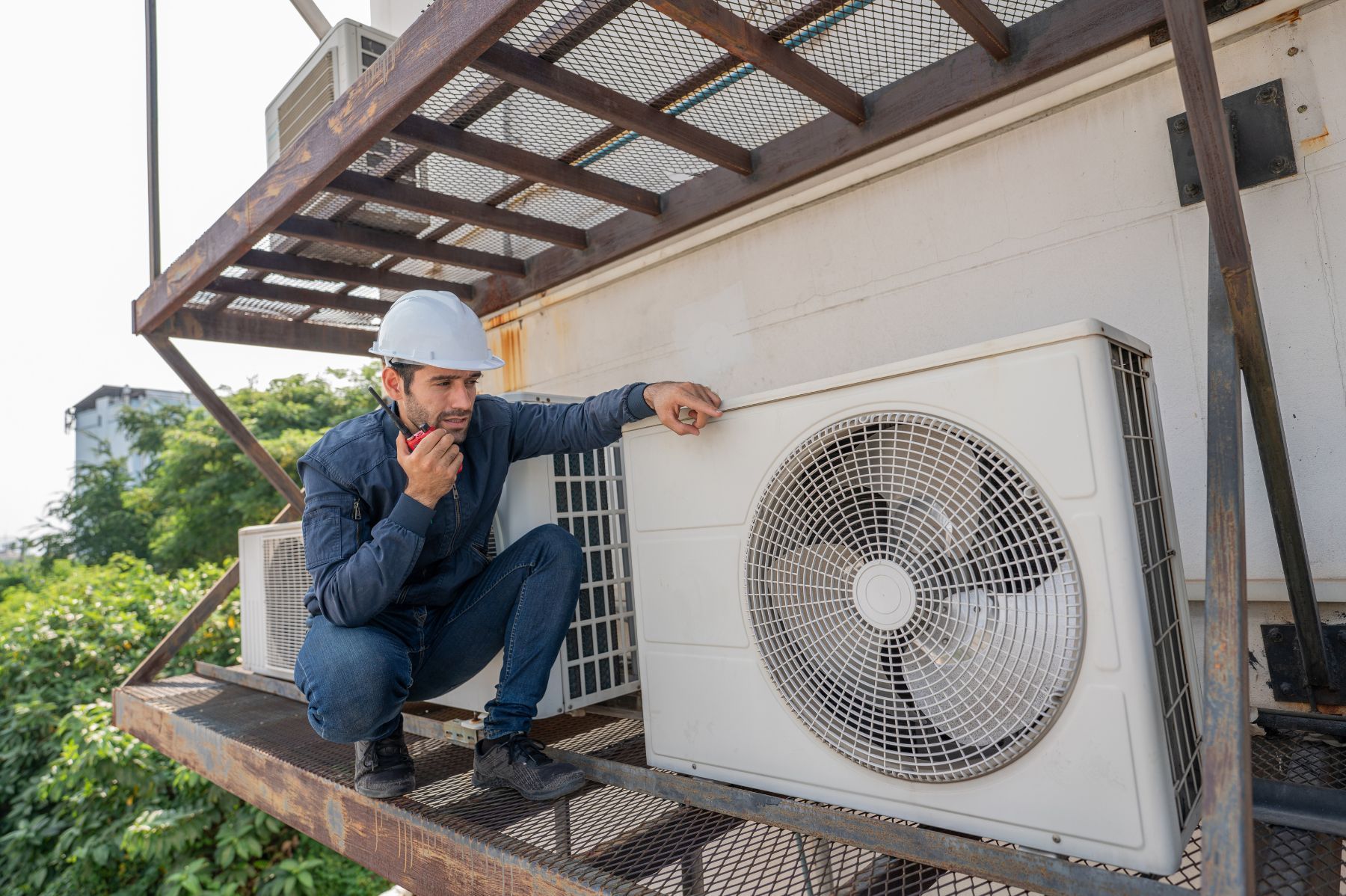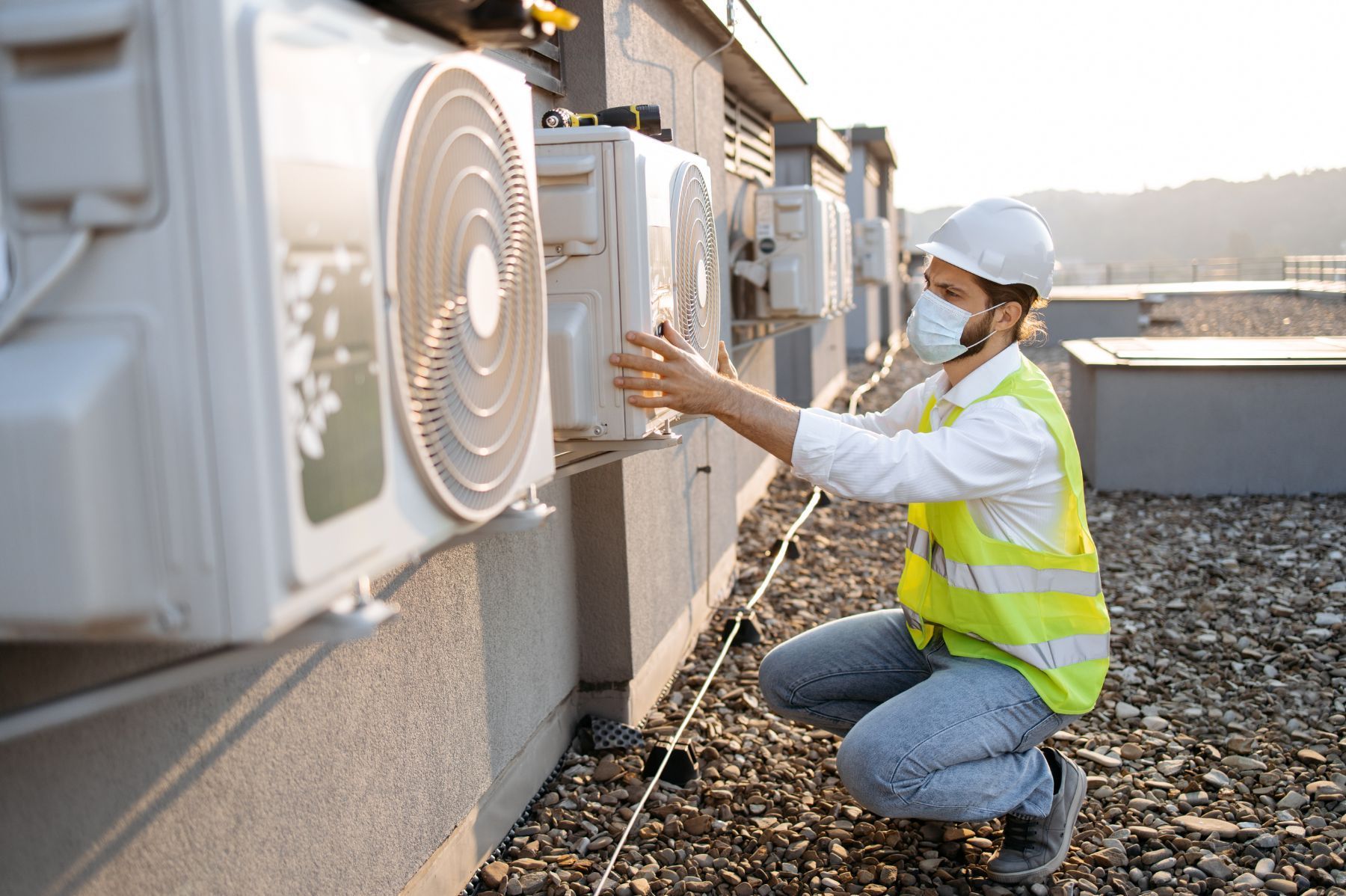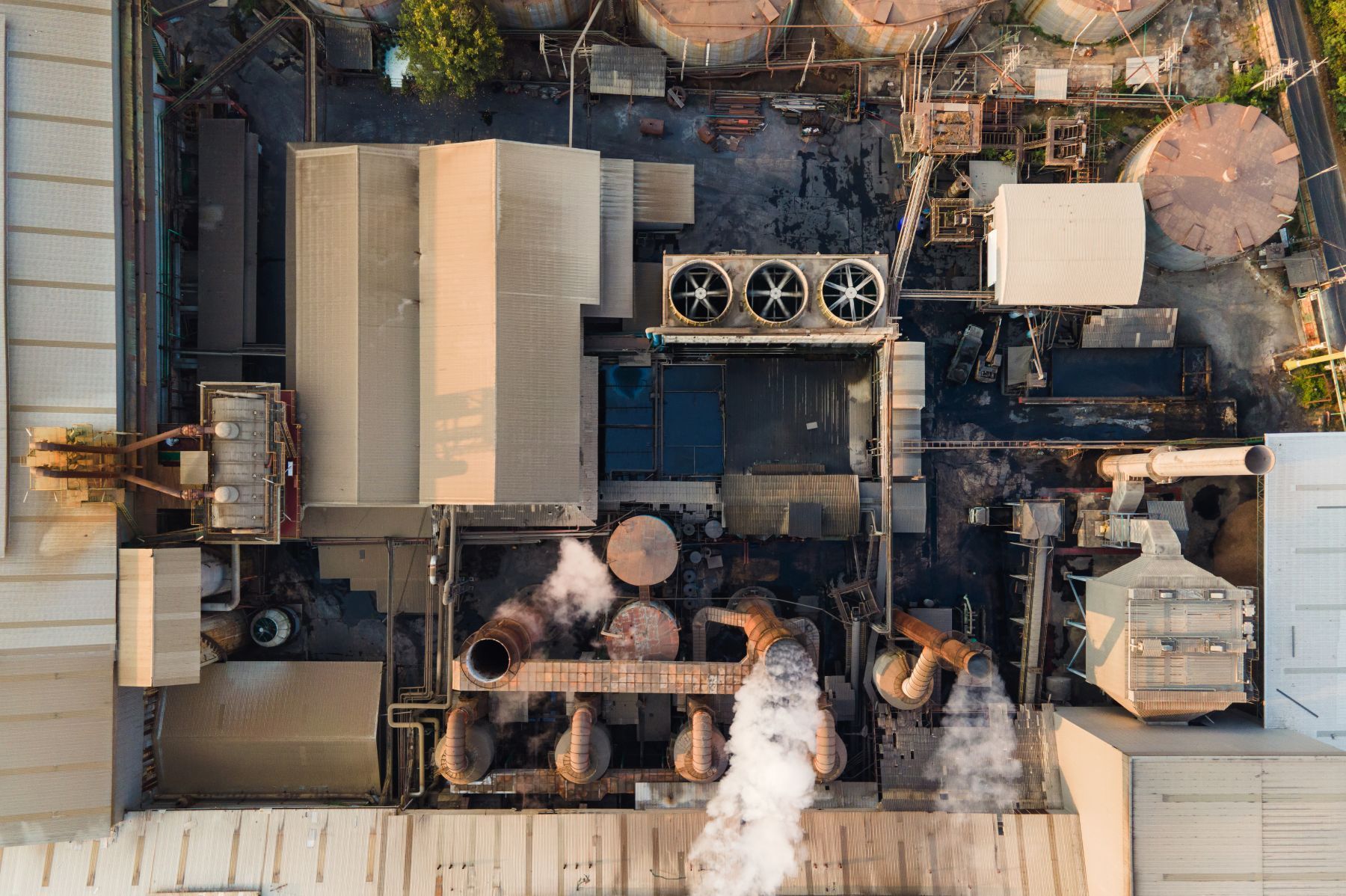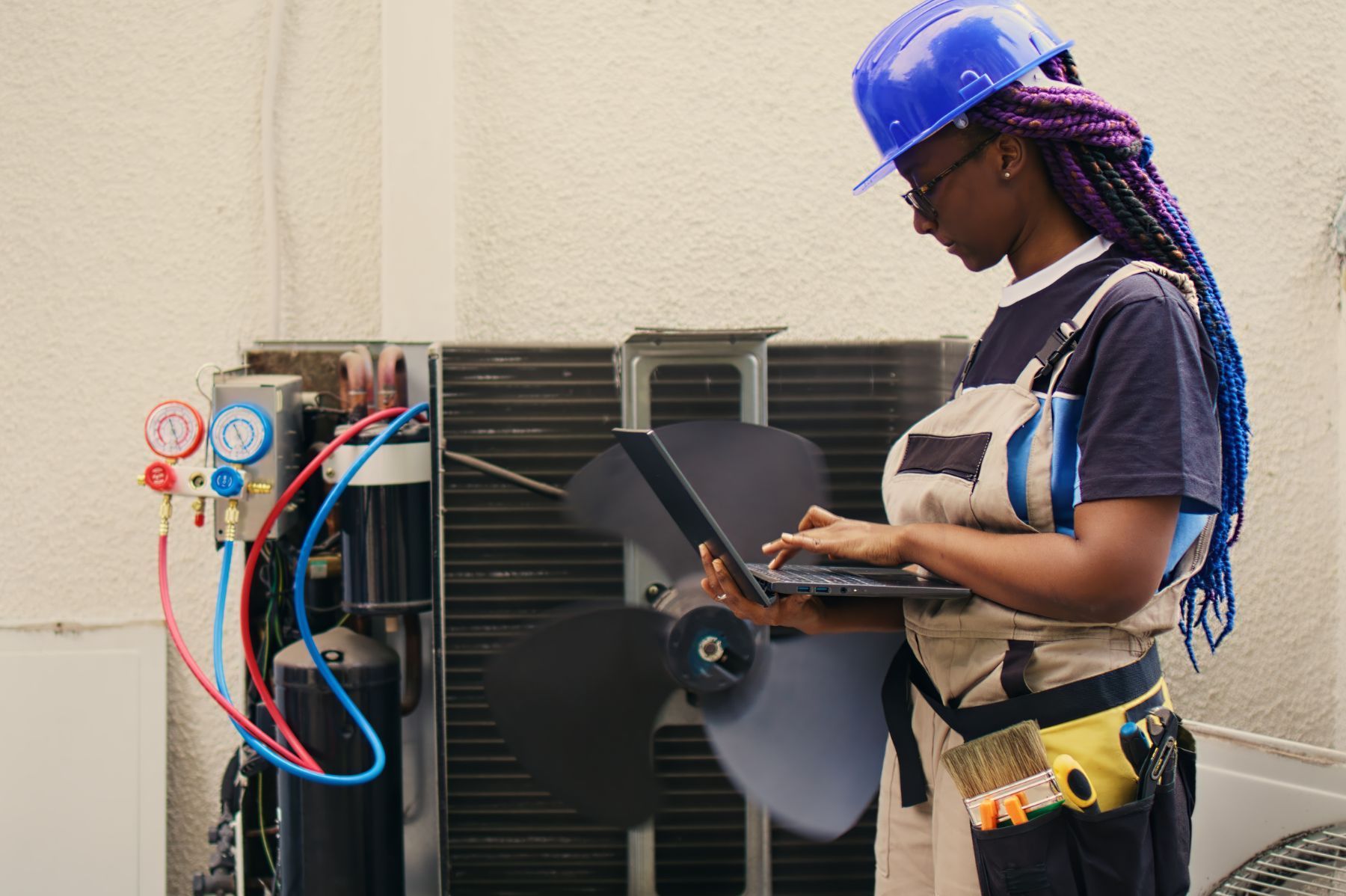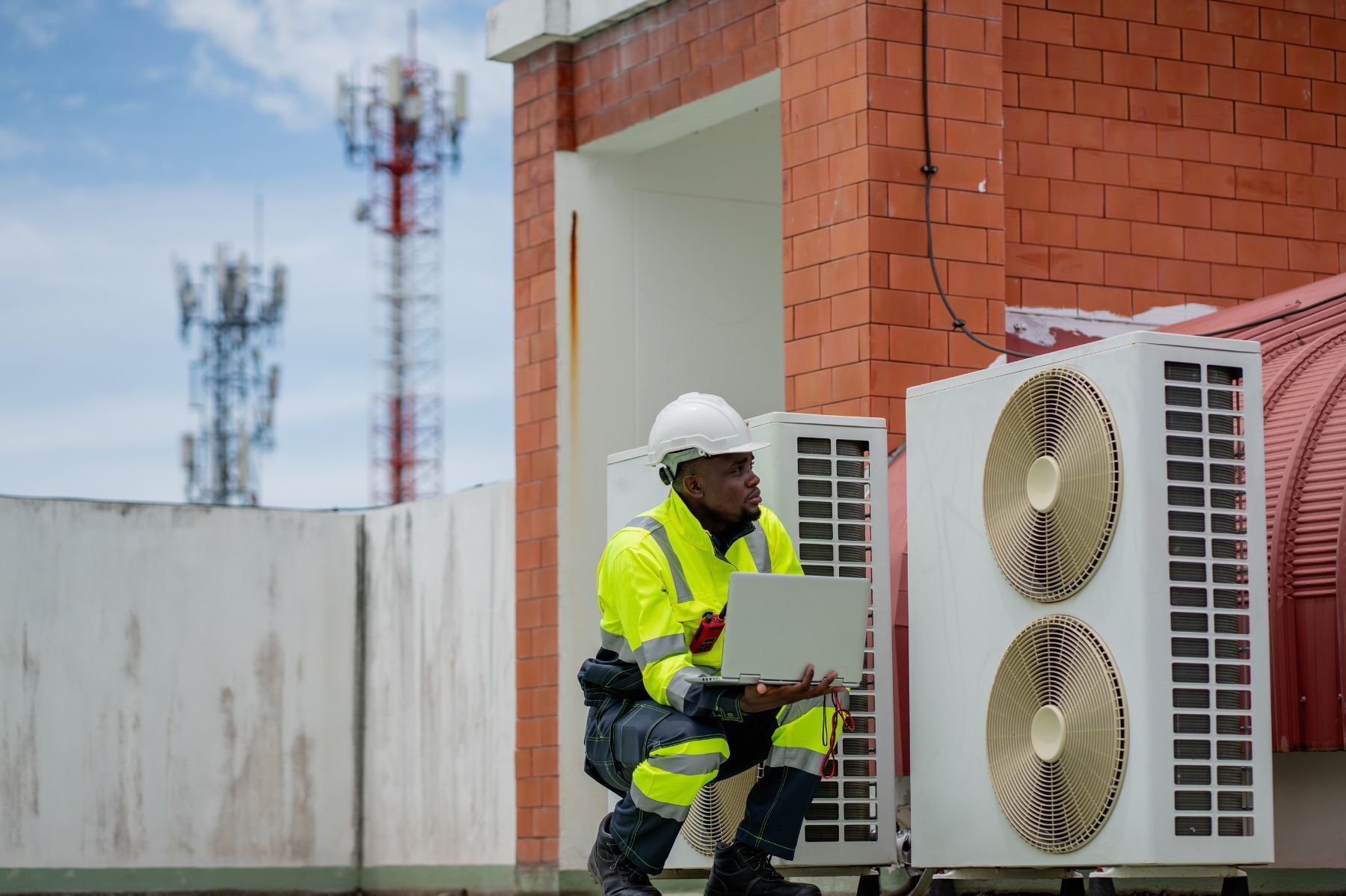The Insurance Coverage Most HVAC Contractors Overlook (Until It’s Too Late)
See How We're Different
or call us: (469) 678-8001

For HVAC contractors, insurance is more than just a regulatory checkbox—it's a crucial safeguard against the unique risks of the trade. Yet, many contractors either underestimate their insurance needs or overlook essential coverages until a costly incident forces their hand. Understanding which insurance policies are often neglected can save your business from financial strain, legal headaches, and operational disruptions.
With HVAC liability insurance premiums typically ranging from 1.3% to 2.6% of annual gross revenue, many small contractors earning around $150,000 annually face average premiums of about $3,140. However, competitive shopping can reduce these costs significantly, sometimes down to $860, highlighting the importance of informed decision-making when selecting coverage. For more insights on typical insurance costs and how to manage them, Contractor Nerd’s analysis offers a detailed breakdown.
Why Basic Liability Insurance Isn’t Enough
General liability insurance is often the first—and sometimes only—policy HVAC contractors purchase. It covers bodily injury and property damage claims, which are common given the physical nature of HVAC work. However, relying solely on general liability insurance can leave significant gaps.
For instance, HVAC technicians frequently handle heavy equipment, which poses risks of back injuries or strains. Additionally, accidental damage such as refrigerant leaks causing water damage to clients’ property can lead to expensive claims. Without specific coverages tailored to these risks, contractors may find themselves paying out-of-pocket for medical bills, legal fees, or repairs.
Industry experts emphasize that HVAC insurance must cover more than just general liability. As noted by Insureon’s industry report, “HVAC work comes with hefty risks. A worker could hurt their back lifting a unit, or an air conditioner could leak and damage a client's floors.” This highlights the importance of comprehensive coverage that anticipates the specific hazards of HVAC work.
Moreover, HVAC contractors should consider adding coverage for equipment breakdowns, which can be a significant financial burden. The specialized machinery used in HVAC systems can fail unexpectedly, leading to costly repairs and downtime. Such incidents not only affect the contractor's bottom line but can also disrupt service to clients, potentially damaging relationships and reputations. Having coverage that addresses these scenarios ensures that contractors can quickly get back to work without incurring excessive costs.
Additionally, contractors should not overlook the importance of professional liability insurance, also known as errors and omissions insurance. This type of coverage protects against claims of negligence, errors, or omissions in the services provided. For example, if an HVAC system installation is performed incorrectly, leading to system failure or safety hazards, clients may seek compensation. Professional liability insurance can shield contractors from the financial repercussions of such claims, allowing them to operate with confidence and focus on delivering quality service to their clients.
Commonly Overlooked Coverages That Can Save Your Business
Beyond general liability, several insurance coverages are frequently overlooked but critical for HVAC contractors:
Workers’ Compensation Insurance
Given the physical demands of HVAC work, injuries are unfortunately common. Workers’ compensation insurance covers medical expenses and lost wages for employees injured on the job. Without it, contractors risk lawsuits from injured workers and significant financial penalties.
Despite its importance, some small contractors either skip this coverage or underestimate their payroll, leading to insufficient protection. Ensuring accurate payroll reporting and adequate workers’ comp coverage is vital to avoid costly gaps. Additionally, investing in safety training programs can reduce the risk of workplace injuries, potentially lowering premiums over time and creating a safer work environment for employees.
Equipment and Tools Coverage
HVAC contractors rely heavily on specialized tools and equipment, which can be expensive to repair or replace. Standard liability policies typically don’t cover damage or theft of tools, leaving contractors vulnerable.
Adding inland marine or equipment coverage protects these valuable assets, ensuring business continuity even if tools are lost, stolen, or damaged on the job. This coverage is often affordable and pays dividends when unexpected incidents occur. Furthermore, keeping an updated inventory of tools and equipment can help in the claims process, making it easier to demonstrate the value of lost items and expedite recovery.
Commercial Auto Insurance
Many HVAC contractors use vehicles to transport equipment and reach job sites. Personal auto insurance policies generally don’t cover vehicles used for business purposes. Commercial auto insurance fills this gap, covering accidents, damage, and liability related to business vehicle use.
Neglecting this coverage can lead to denied claims and personal liability exposure if an accident occurs while driving for work. Moreover, maintaining a fleet of well-maintained vehicles can not only enhance safety but also improve fuel efficiency, ultimately benefiting the bottom line. Regular vehicle inspections and driver safety training can further mitigate risks associated with commercial driving.
Professional Liability Insurance
Also known as errors and omissions insurance, this coverage protects contractors against claims of negligence, faulty workmanship, or failure to perform professional duties. While it might seem less critical than physical damage coverages, professional liability can shield your business from lawsuits stemming from installation errors or system malfunctions.
Many HVAC contractors overlook this policy until a client files a claim, by which point the financial impact can be severe. Additionally, maintaining clear communication with clients about project expectations and documenting all work can serve as a defense in case of disputes, further safeguarding your business against potential claims.
How Location and Business Size Affect Insurance Needs and Costs
Insurance premiums for HVAC contractors vary widely depending on geographic location and business scale. A study analyzing over 800 insurance quotes found that premiums can be three to four times higher in some states for identical coverage. This variation underscores the importance of shopping around and tailoring insurance to local market conditions.
For example, in Alabama, general liability insurance premiums for HVAC contractors with $1M/$2M coverage limits range from 0.5% to 3.1% of revenue. Contractors there can save up to 71% by securing favorable rates, demonstrating how location-specific factors influence costs. More details on Alabama’s insurance landscape can be found at Contractor Nerd’s Alabama HVAC insurance guide.
Business size also plays a role. Larger crews and higher revenue typically result in higher premiums, but also necessitate broader coverage to mitigate increased risks. Smaller contractors earning around $150,000 annually might pay average premiums of $3,140, but through competitive shopping, these costs can be reduced significantly.
Furthermore, the specific services offered by HVAC contractors can also influence insurance costs. Contractors who provide a wider array of services, like installation, repair, and maintenance, may face higher premiums due to the increased risk of liability claims. For instance, if a contractor is involved in complex installations that require specialized knowledge, the likelihood of accidents or errors can rise, prompting insurers to adjust their rates accordingly. This means that understanding the full scope of services offered is crucial when evaluating insurance needs.
Additionally, seasonal fluctuations in business can affect insurance costs as well. HVAC contractors often experience peak seasons during extreme weather months, leading to an increase in demand for their services. This surge can result in a higher volume of work and, consequently, a greater risk of accidents or claims. Insurers may take these seasonal trends into account, potentially adjusting premiums based on the contractor's historical performance during peak times. Therefore, it’s essential for contractors to maintain detailed records of their operations and claims history to negotiate better rates and ensure they have appropriate coverage throughout the year.
Common Mistakes HVAC Contractors Make When Buying Insurance
Many HVAC contractors fall into traps that lead to either overpaying for unnecessary coverage or being underinsured in critical areas. One frequent issue is working with insurance agents unfamiliar with the HVAC industry, resulting in policies that don’t align with actual business risks.
Another mistake is failing to reassess insurance needs as the business grows or changes. A contractor who started solo may not update coverage after hiring employees or expanding service offerings, leaving gaps in protection.
According to an analysis by Quote Texas, many contractors either overpay for coverage they don’t need or remain underinsured in key areas. Regularly reviewing policies with a knowledgeable agent can prevent these costly errors.
Additionally, many HVAC contractors neglect to consider the specific risks associated with their equipment and operations. For instance, the potential for equipment breakdowns or the liability that comes with working in clients' homes can lead to significant financial repercussions if not properly insured. Understanding the nuances of equipment coverage, including the need for replacement cost versus actual cash value, can be crucial in safeguarding against unexpected expenses.
Moreover, contractors often overlook the importance of general liability insurance, which can protect them from claims of property damage or bodily injury that occur during the course of their work. Without this coverage, a single incident could result in devastating financial consequences. It’s essential for HVAC professionals to have a comprehensive understanding of their insurance options and to seek out policies that not only meet their current needs but also anticipate future challenges as their business evolves.
Strategies to Optimize HVAC Insurance Costs Without Sacrificing Coverage
While insurance is essential, managing costs is equally important for maintaining profitability. Most HVAC contractors pay less than $95 per month for insurance, with 67% paying between $25 and $95 monthly, according to Simply Business. Here are some strategies to optimize your insurance spend:
Shop Around and Compare Quotes
Insurance premiums can vary dramatically between providers and states. Obtaining multiple quotes allows contractors to identify the best rates and coverage combinations. Competitive shopping has been shown to reduce premiums by thousands of dollars annually for small HVAC businesses. It's also wise to consider the reputation of the insurer; a lower premium might not be worth it if the company has a history of poor customer service or slow claims processing.
Bundle Policies
Many insurers offer discounts when contractors bundle general liability, workers’ compensation, commercial auto, and equipment coverage. Bundling simplifies management and often results in cost savings. Additionally, some companies provide specialized HVAC packages that are tailored to the unique risks faced by contractors in this field, ensuring that you get the most comprehensive coverage for your investment.
Adjust Coverage Limits and Deductibles
Tailoring coverage limits to realistic risk exposures can reduce premiums. Additionally, opting for higher deductibles lowers monthly costs but requires preparedness to cover out-of-pocket expenses in claims. It’s essential to conduct a thorough risk assessment of your operations to determine the appropriate levels of coverage and deductible that align with your financial situation and risk tolerance.
Maintain a Strong Safety Record
Implementing rigorous safety protocols reduces workplace injuries and claims, which insurers reward with lower premiums. Regular training and equipment maintenance are investments that pay off in insurance savings. Furthermore, documenting safety training and incident reports can provide evidence of your commitment to safety, which can be beneficial during the underwriting process or when negotiating premiums with your insurer. Establishing a safety committee within your organization can also foster a culture of safety and accountability among employees, further enhancing your risk profile.
Conclusion: Don’t Wait Until It’s Too Late
HVAC contractors face a unique set of risks daily—from physical injuries to equipment damage and legal liabilities. While general liability insurance is a solid foundation, overlooking critical coverages like workers’ compensation, equipment protection, commercial auto, and professional liability can leave your business vulnerable.
Understanding your specific risks, regularly reviewing your insurance portfolio, and shopping competitively for policies can protect your business from unexpected financial burdens. As one expert notes, “HVAC contractors face the risk of injuries every day. Your equipment may be damaged. There are also legal risks involved in servicing people's heating and cooling systems. These risks can be expensive for your company, requiring you to spend a lot on replacing equipment and covering legal fees.” For more on managing HVAC insurance effectively, see Tivly’s expert insights.
Don’t wait until an accident or claim exposes gaps in your coverage. Take proactive steps today to secure comprehensive insurance that truly protects your HVAC business.

